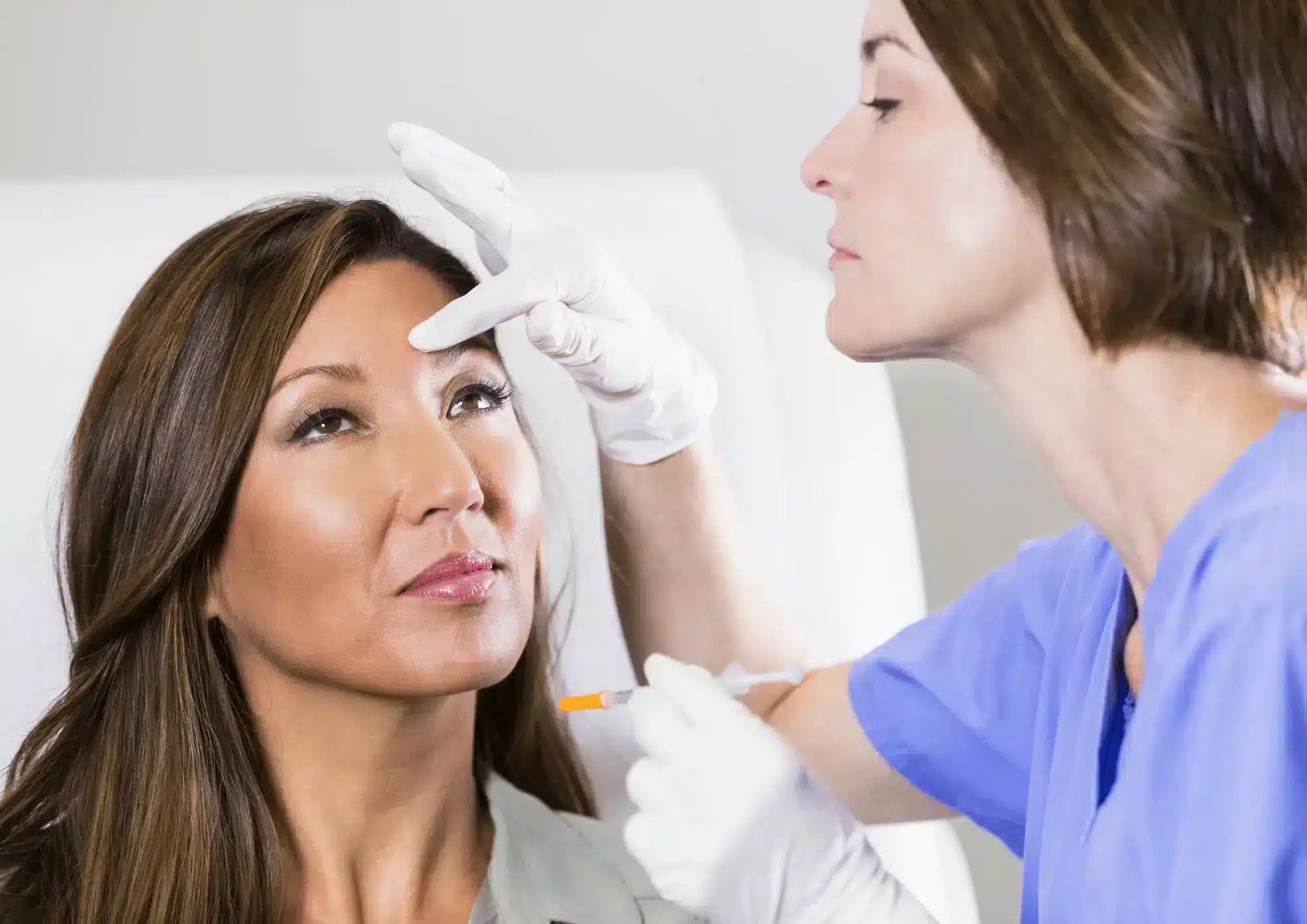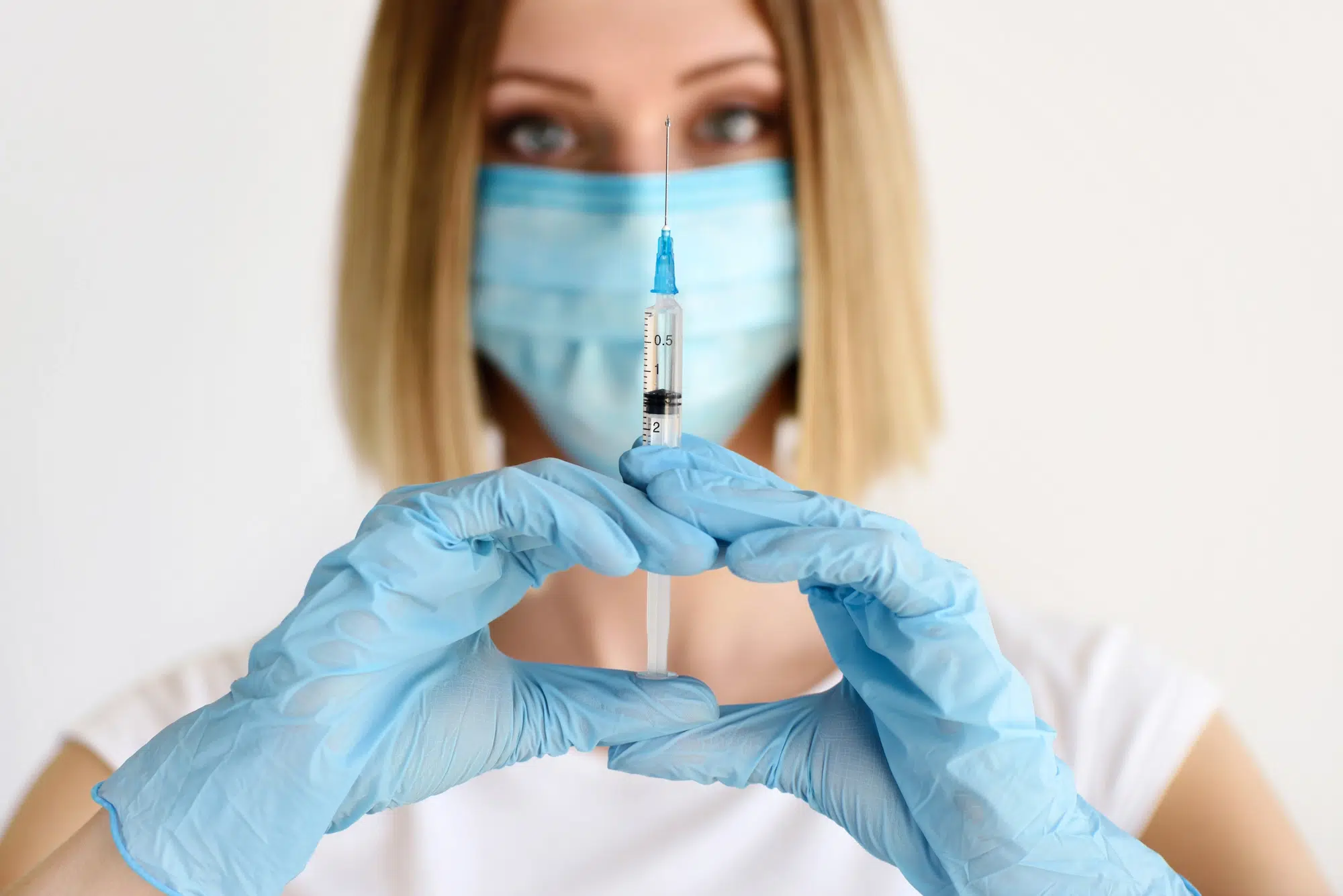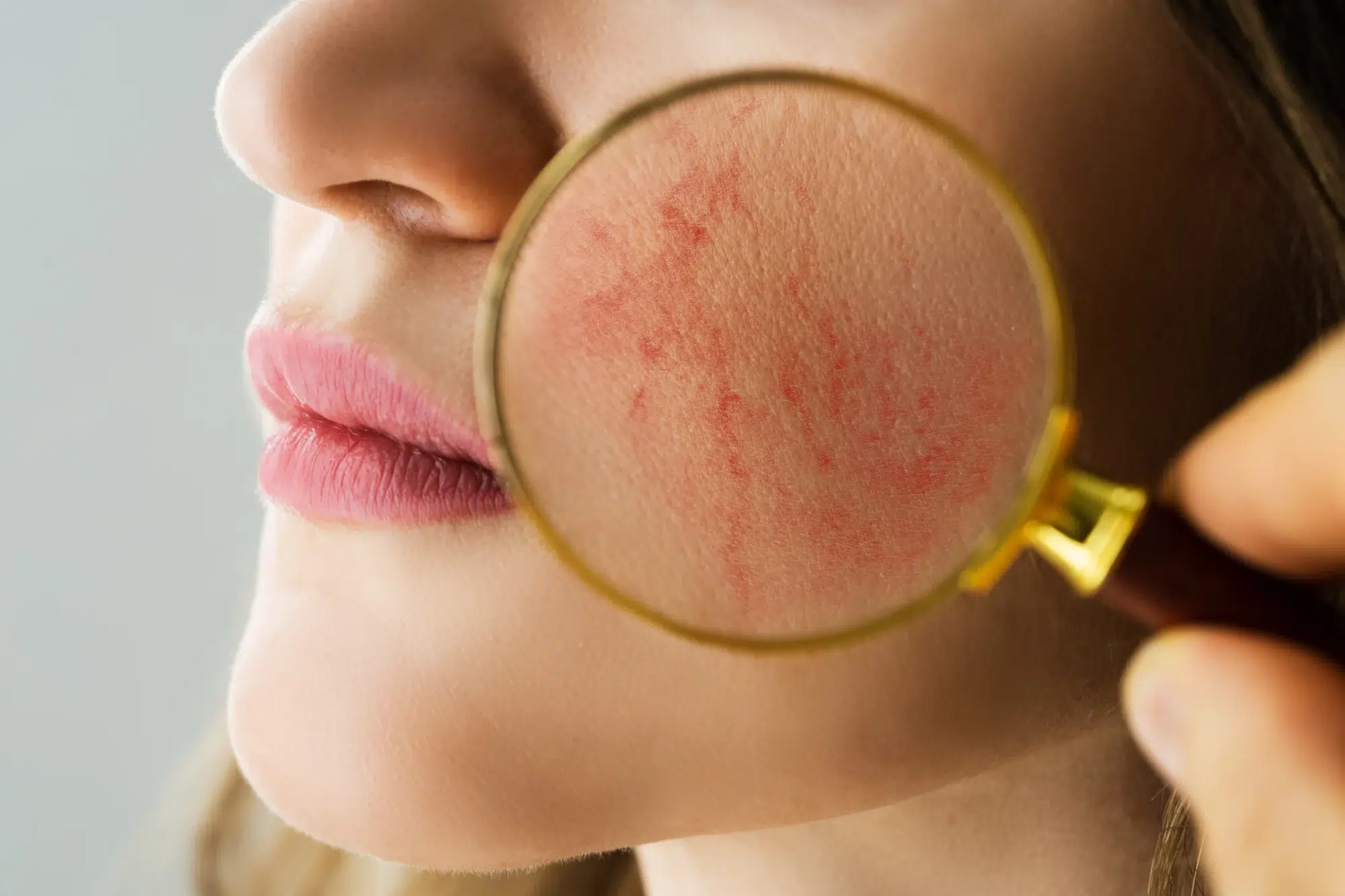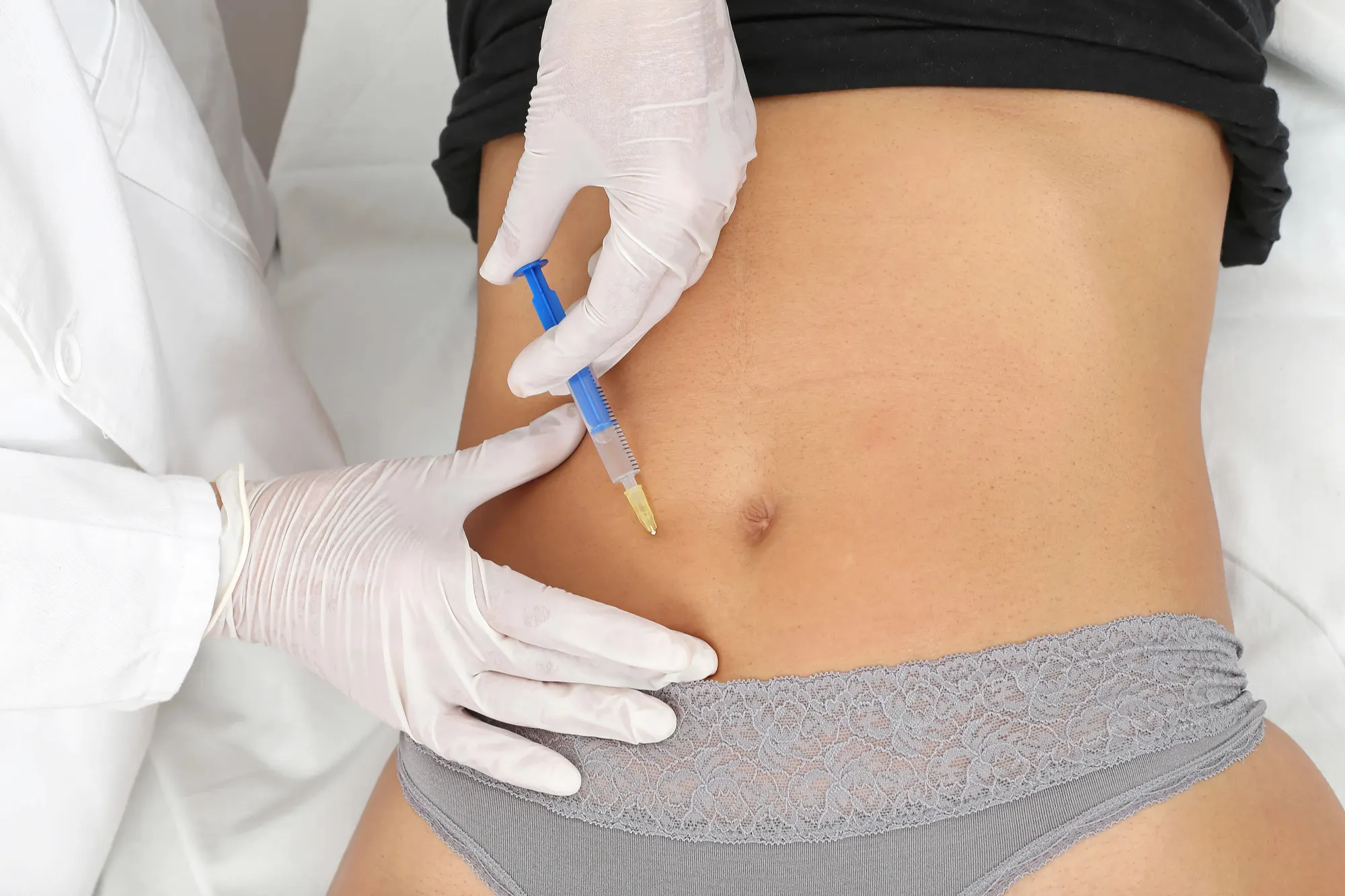There are various types of botulinum toxin, but the ones used for treatment are types A and B. Botox, available Dysport products, and Xeomin injectables are examples of brands that use type A. Type B is an alternative treatment for those who are hypersensitive or don’t respond to type A. The only approved type B toxin is Myobloc (also known as NeuroBloc).
Treatment with botulinum toxin
Botulinum toxin injections are administered intramuscularly. Treatments are given a minimum of every 3 months. Both type A and B are injectable treatments. Only a trained medical professional should give Botox injections. Type A is available in a powdered form and can be used in injections by adding saline. Type B comes as an injectable solution, which may be diluted depending on the condition being treated.
Successful treatment requires repeated injections of botulinum toxin. Prior to treatment, you may be required to get a skin test to determine your suitability. A small amount of the toxin will be injected, and your reaction will be monitored over the text few weeks. A second injection may be done as a precaution.
Mechanism of action
Botulinum toxin is a blocking agent. It prevents the release of neurotransmitters, specifically acetylcholine.
Once it is injected into the muscles, the nerve signals that tell the muscles to contract are blocked. As a result, the muscles become temporarily paralyzed or weakened.
Side effects
The botulinum toxin has been used for decades and is considered an extremely safe treatment when administered by a trained professional. Type A and type B both cause mild side effects, including redness around the injection site, swelling, and tenderness. Other side effects are specific to the area of treatment, including headache, dry mouth, dry eye, and mild eye ptosis. Discuss all possible adverse reactions with your medical practitioner prior to treatment.
How is it made?
When it comes to discussing the material that makes up type A and type B, the origins are the same. The only difference is the form in which both types are available to health professionals to treat a variety of ailments or for cosmetic procedures.
Type A
The material that makes up type A includes purified protein from the bacterium Clostridium botulinum. It’s available in a powdered form.
Type B
This type is also made from the Clostridium botulinum toxin. It comes in the form of a solution.
Type A and type B botulinum toxin is measured in units specific to the brands. These units are not interchangeable and should not be used in combination for treatment.
How much does treatment cost?
The cost of both kinds of the botulinum toxin injections varies and depends on many factors, such as:
• The severity of the condition;
• The number of units used;
• The expertise of the health-care practitioner performing the treatment;
• The brand of toxin used.
Depending on the treatment, the cost may be determined by the number of units or may be done at a flat rate. The average cost of Botox cosmetic treatment is around $375.
Due to the versatility of botulinum toxin, it has become a popular treatment for a variety of cosmetic and medical concerns. If you are interested in receiving treatment with Botox, AZZALURE® injections, Xeomin, Myobloc, or any other botulinum toxin brand, be sure to discuss your options with a licensed practitioner.








